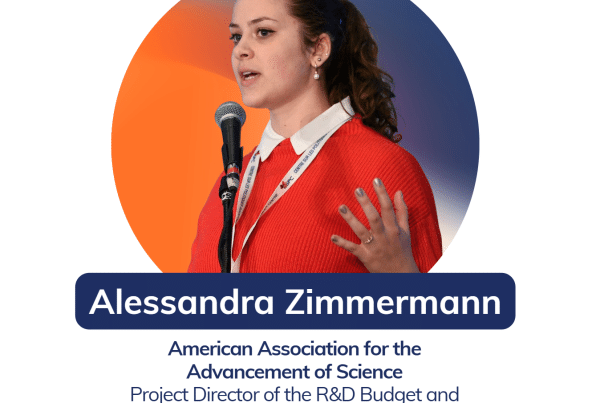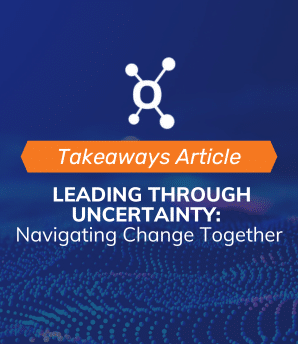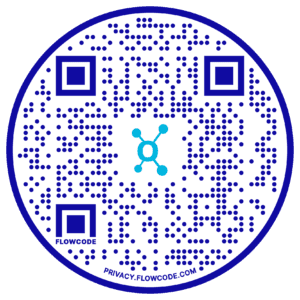I spoke to Troi Madison Newman who had unique insights on being part of a state-recognized Tribe and her advocacy journey through academia. She is in her third year in law school, and she aspires to work with her tribe to get a stronger voice for recognition.
Can you tell me about your career path that has led you to where you are now?
I am Troi Madison Newman, and I am a member of the Piscataway Conoy Tribe of Maryland. A big part of my identity pushed me to go into the sector that I work in. Growing up I was not very exposed to the sovereignty of tribes until I got to undergrad. I went to a small school in Maryland, and I did not have a native student association or a space to share that part of my identity. That led me to want to do advocacy for indigenous people, and indigenous rights, and that turned into my master’s in legal studies at George Washington University. There I discovered more about federal Indian law. My degree exposed me to Tribal courts, BIA, different types of filings and being in DC exposed me to different trajectories of federal Indian law. I then attended the University of Arizona law school specific to lawyers and federal Indian law, allowing me to work across different sectors teaching how to exercise tribal sovereignty. As I am in my third year of law school and what I know is that I want to advocate for the Piscataway Conoy tribe to get federal recognition, whether that’s through an executive order from the president or that’s through a congressional act or if we apply directly to do by whatever processes that we have to go through. I think me using those skills as an attorney and being knowledgeable about indigenous rights will be the advocacy for my tribe to get that.
How did you become passionate about the intersection of tech, government, and tribal communities, and how do you stay informed and engaged in those areas?
Passion for me came from the Indian Commission Affairs in Maryland. People working with the governor’s office and everyone on the commission were not native to Maryland. I have seen the transition in more collaboration between the tribe and the government and making sure more people are at the table. For me seeing that is an opportunity to have people of the tribe representing and I feel like a lot of people tend to forget there is a community here. We need to do more for that representation. We need to have higher expectations.
What do you believe sets Tribal Government Relations apart as a unique work environment, and how do you navigate its challenges in your everyday work?
All of us have a cultural component to our identity. For every tribal nation we hold traditions in how we treat people. There is a cadence of respect to one another understanding there are few opportunities to have that. We must be mindful because there are many perspectives. It is not the unified perspective of all tribes. Each nation is unique in the way it operates, and the approach to things is different. NCAI voted to remove state recognized tribes from the decision–making and that is a challenge for these nations. Just because we don’t have federal recognition doesn’t mean our voice should be taken away.
Describe a challenging or rewarding project that significantly influenced your growth as a professional. How did you handle the challenge, and what did you learn from the experience?
With my mentor Elizabeth Rule, I helped create the Guide to Indigenous Maryland. I got to do some graphic design. We wanted to represent our people and Indigenous DC and Baltimore. What was rewarding was seeing someone not from here want to represent us and put us on this broader map of who we are. The hurdle was seeing that the app did not do as well as I thought it should have. Many members of the tribe opposed it because it was created by someone not from Maryland. They thought – “How do we allow someone to give us a platform and represent our people while not being from our tribe?” But to me, if someone wants to give us a voice, then we need to take it. I am now in the Bay Area, and I feel the same sentiment as in the DMV. We come to these big cities, and we forget that this land is native to someone. We need to acknowledge that and give a voice to the people who have had a community and a history there.
What advice would you give to someone navigating how to bridge the gap between traditional practices and modern governance structures?
We must be true to ourselves. Coming to spaces that are not designed for indigenous people in mind as a tribal member you must always exercise your rights and sovereignty. The way we show up speaks volumes of what we hold.
For non-members, educate yourself and understand sovereignty and tradition. Understand the history and support tribal nations to exercise their sovereignty. We need to expand and rethink the way we define land in America.
Word Association, what is the first word that comes to mind for each of there?
- Policy – Hope
- Networking – Community
- Communications – Respect
- Leadership Connect – Safe space






